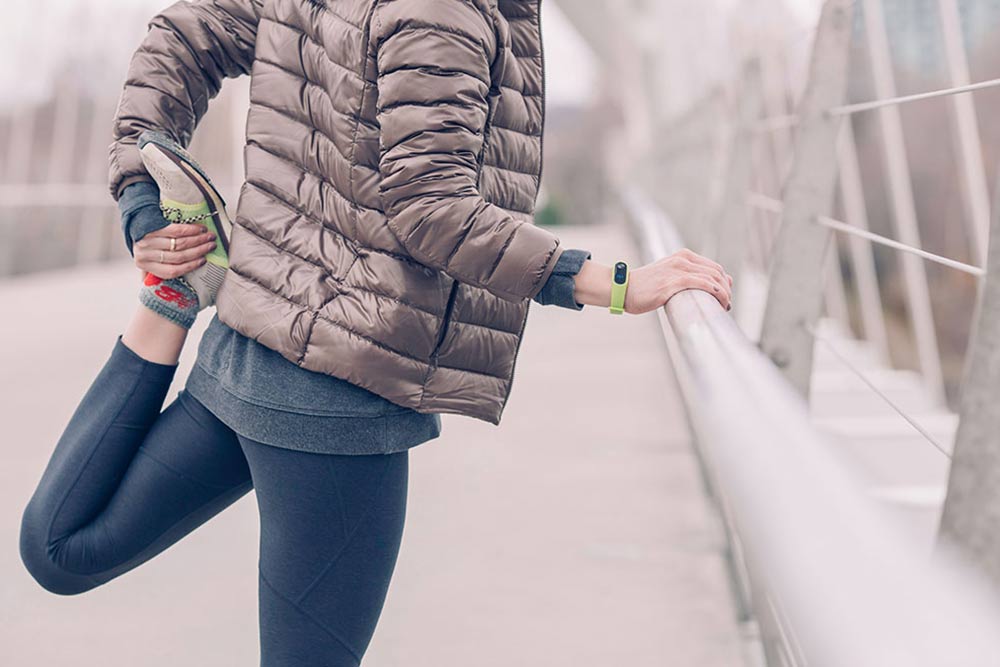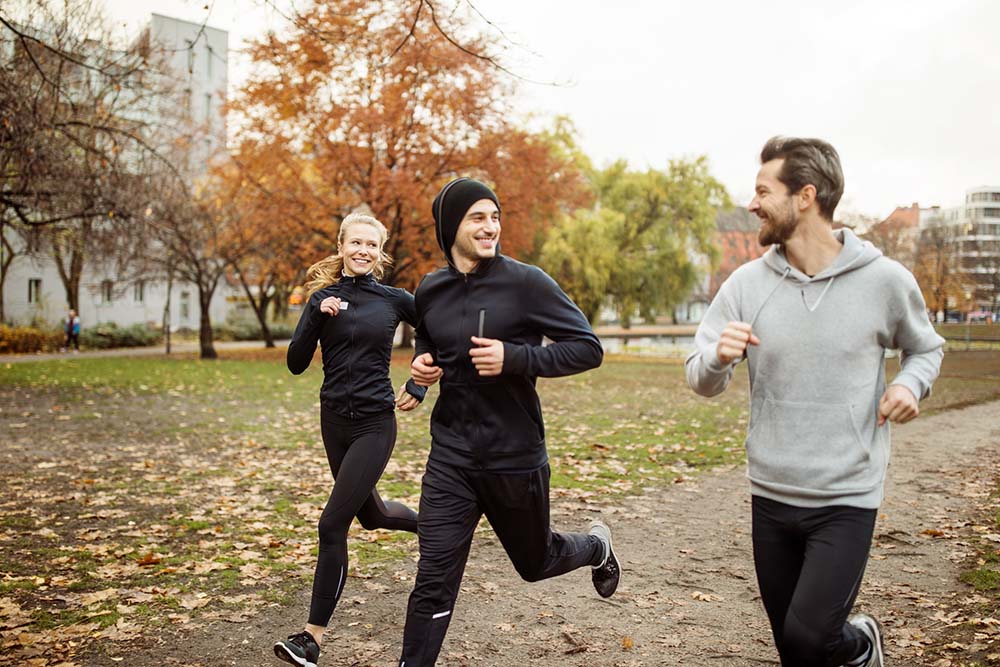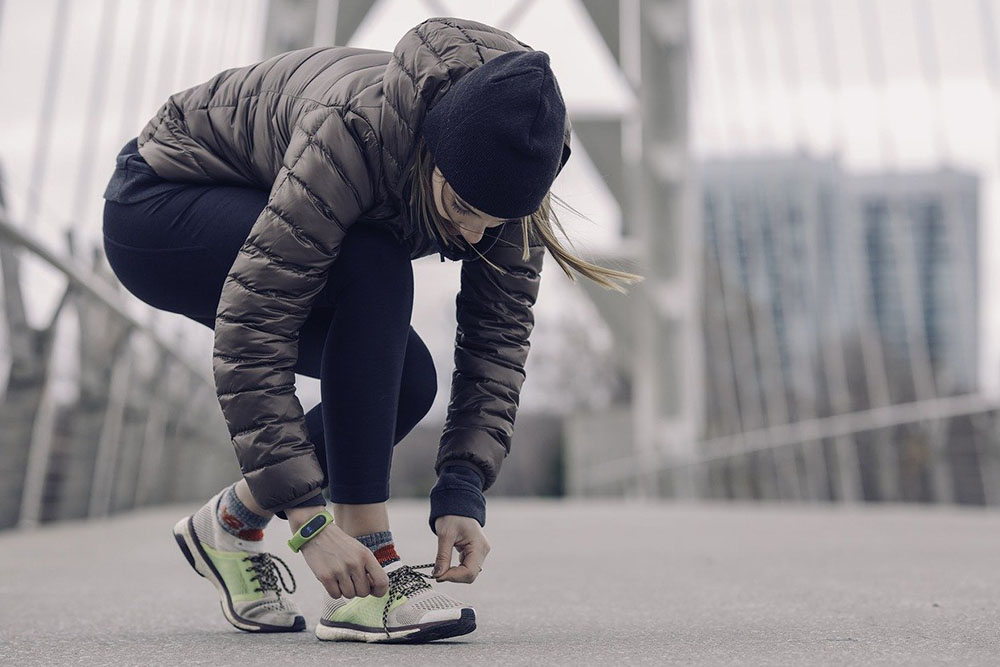10 Exercises For Holiday Travel & Recovery Tips

Travel Plan
 When people travel, one main thing comes to mind. Seated. Whether you travel by car, plane, train or horse, that extended period of time is spent sitting. By spending extended periods of time in a seated position, our muscles tend to tighten up.
When people travel, one main thing comes to mind. Seated. Whether you travel by car, plane, train or horse, that extended period of time is spent sitting. By spending extended periods of time in a seated position, our muscles tend to tighten up.- Face Pulls
- Hip thrusts/bridges
- Dead bugs
- Planks
- Postural band pulls
- Bodyweight squats
- Turkish Get-ups
- Split squats
- Lateral split squats

Additional Tips For Staying Healthy While Traveling
1. Take the Stairs
If you want to stay in shape while on the go, taking the stairs can make a huge difference. Stair climbing has been shown to not only improve fitness but also to decrease cholesterol levels and body fat (Borehams, Wallace & Nevill, 2000; Allison, Martin, MacInnis, Gurd & Gibala, 2016; Ilmarinen, Ilmarinen, Koskela, et al., 1979).
A 2017 study conducted on 31 sedentary women found a 7% increase in VO2max following 6 weeks of stair climbing training. This indicates that stair climbing is a good way to improve cardiorespiratory function (Allison, Baglole, Martin, Macinnis, Gurd & Gibala, 2017).
Not only does stair climbing burn calories (0.11kcal/step) but it also helps tone and strengthens the lower body (Teh & Aziz, 2002; Loy, Conley, Sacco, et al., 1994). A more recent study suggests that stair climbing can reduce the risk of cardiometabolic diseases – such as type 2 diabetes and obesity – by reducing peak postprandial glucose levels (Moore, Bartholomae, Ward, Johnson, & Kressler, 2018).
Related Article: 10 Exercises for Holiday Travel & Recovery Tips
2. Walk or Rent a Bike
Most major cities have plenty of tourist attractions within walking distance of each other. Instead of taking public transport or a taxi, consider walking to your destination instead; not only will this keep you active, but it is also a great way to explore a new city.
Make a rule: if the walk is less than 3 kilometres you have to walk. For farther distances, renting a bike for the day can be a good alternative. Bike rental services are now widely available in many cities and are also very cost effective.
Even better, rental services are often available via phone applications and websites — such as donkey republic app or bimbimbikes – saving you the trouble of tracking down a bike rental shop.
3. Make Use of Nearby Parks or Open Spaces
While exploring a new city, make note of the parks or trails around your accommodation. These can be valuable spaces for body weight workouts later in your week.
There are many bodyweight workouts for strength, endurance or mobility training available here on our website. If you’re traveling for a longer period, consider bringing resistance bands or even a jump rope with you.
These items do not take up very much room in your bag and can help bring a little bit more of a challenge to your workout. The fitness application “Strava” can also be a fun way to plan runs while on the road; this app allows you to see running trails near you as well as tracks your distance and calories burned.
4. Try High-Intensity Interval Training (HIIT)
High-intensity interval training consists of bursts of maximum effort exercises followed by a shorter rest period, continued for several repetitions of different exercises (Shehata & Mahmoud, 2018). The idea behind this style of training is that by performing exercises at maximum intensity, glycogen stores will be depleted for a longer period of time which will induce an increase in metabolic rate for hours following the workout (Kravitz, 2014).
In short, this means that HIIT workouts burn more calories and increase post-exercise fat oxidation compared to the same duration of steady-state exercise (King, Broeder, Browder, Panton, 2002).
A recent study in which 24 individuals were assigned to follow either a high-intensity interval running, high-intensity circuit or steady state running program, found that the highest rate of fat oxidation was achieved in those who followed the high-intensity circuit training program.
They also noted that the individuals completing steady state training used more carbohydrates for energy whereas the group of individuals following the high-intensity circuit training program relied more heavily on fat stores for energy (Stenman, 2016). Many studies have found further benefits of HIIT including improvements in VO2max, reductions of subcutaneous fat and cholesterol levels (Jabbal & Baxter-Jones, 2017; Boutchers, 2011; O’Donovan, Owen, Birds, et al., 2005).
HIIT can be a good option while traveling because it can be done without equipment and takes a much shorter amount of time to get the same benefits as other aerobic workouts (Shiraev & Barclay, 2012). These workouts can be designed yourself or can be found on our website.
Related Article: What is a High-Intensity Interval Training (HIIT) Workout Anyway?
5. Eat Healthy

Most restaurants tend to serve large portion sizes and the general population does not know when they have eaten enough, therefore, when served larger portions, people eat more than
necessary (Steenhuis, Vermeer, 2009; Rolls, Morris & Roe, 2002; Cohen & Story, 2014).
Without being able to monitor exactly what is going into your meal and measuring portion sizes it is almost impossible to follow a strict diet while visiting new countries. But this does not mean you have to give up on your nutritional goals completely.
Set a limit of the number of times you eat out every week, this will not only reduce the chances of over-indulging at a restaurant but will also save you money that you can use to do more activities. Instead of eating at restaurants try finding a local grocery store and buying easy to prepare meals such as pasta or rice and vegetables. Grocery stores also often have prepared meals such as mashed potatoes or salad.
The second source of calories to watch are alcoholic beverages. In small quantities, alcohol can have a positive effect on health. However, alcohol has a lot of calories and can thus cause weight gain if consumed in excess (Sim, 2015).
A recent study conducted on high school students estimated that, among those who drank once a week, alcohol contributed to 5200 to 11440 calories per year (Kate, 2017). If you want to drink (as many of us do on vacation) try to stay away from sugary cocktails and ciders and stick to champagne or low-calorie liqueur such as vodka.
Maintaining a healthy body weight is simply a balance between energy consumption and energy expenditure: make sure you are doing enough activity to burn the number of calories you eat. Travelling can make this balance more difficult to maintain because exercise and healthy foods may not be as readily available as they are at home.
For this reason, people find themselves gaining weight during their travels, but this doesn’t have to be the case. With a little bit of effort and motivation, using these tips, and monitoring what you put into your body, you can relax and not have to worry about falling behind on your fitness.
You Might Like:















